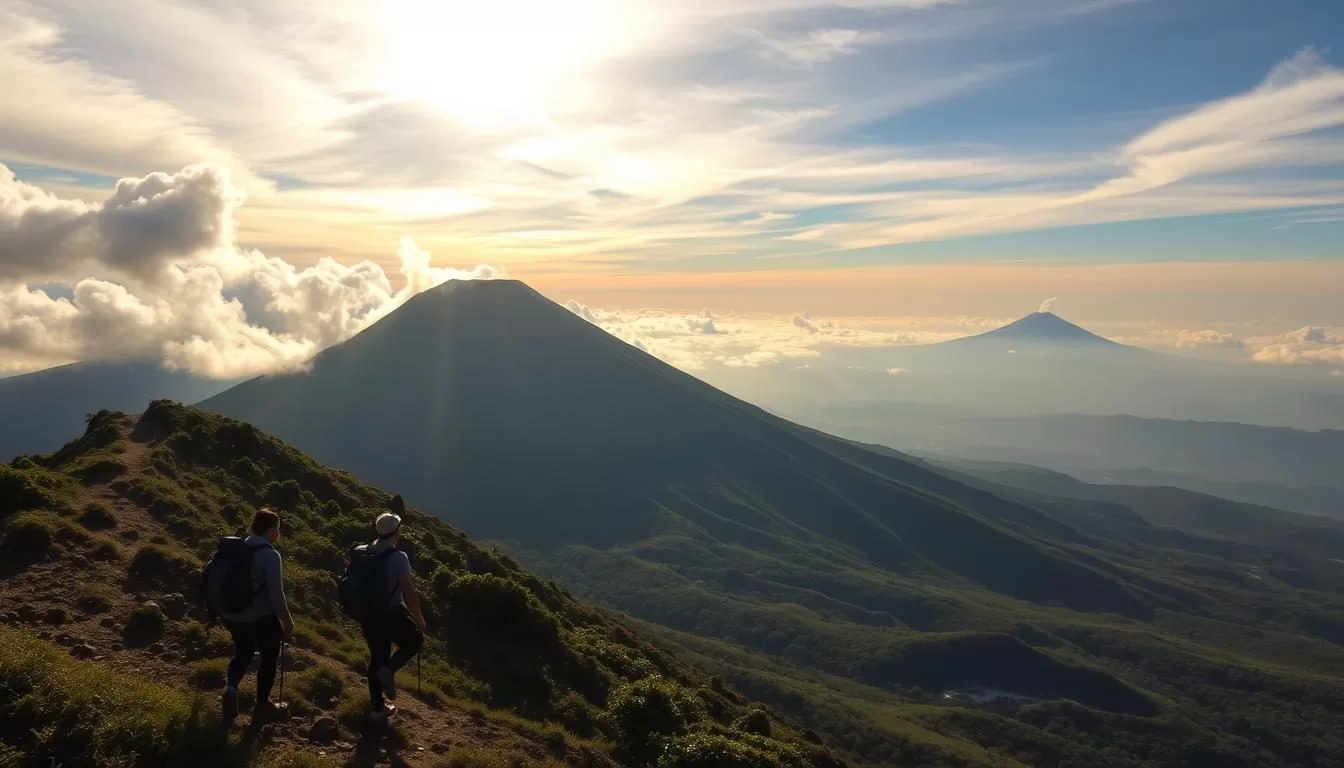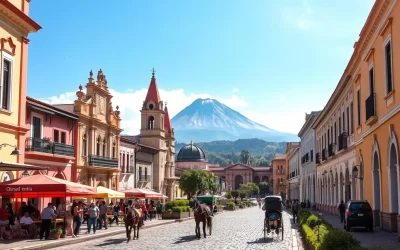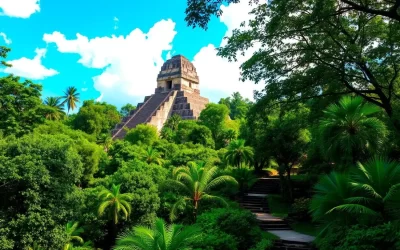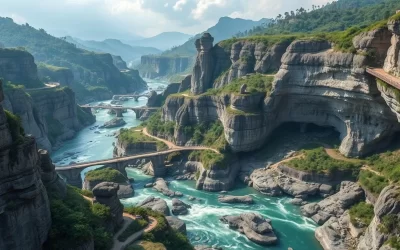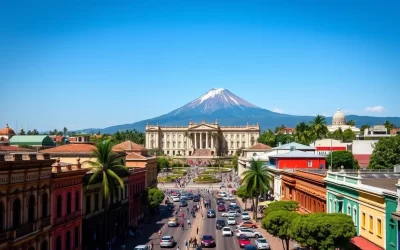✓ Accommodations✓ Flights✓ Rental Cars
Are you ready for an unparalleled adventure? Acatenango Volcano is one of Guatemala’s most impressive natural wonders, offering a bucket list experience for adventure travelers. From its slopes, you’ll have a unique opportunity to witness the active Fuego Volcano erupting, creating an unforgettable experience.
This guide will walk you through everything you need to know about hiking Acatenango, from preparation to the summit experience. While the hike is challenging, the views and experience are worth the effort. You’ll learn about planning tips, tour options, what to pack, and what to expect during this two-day adventure.
Discovering Acatenango: Guatemala’s Volcanic Wonder
Acatenango Volcano, a majestic stratovolcano, is a key feature of Guatemala’s diverse volcanic landscape. Guatemala is known for its impressive array of volcanoes, with Acatenango standing out due to its height and historical significance.
The Volcanic Landscape of Guatemala
Guatemala’s geography is characterized by its 37 volcanoes, making it a prime destination for those fascinated by volcanic activity. The country’s position in the Central American Volcanic Arc contributes to its rich volcanic heritage. Acatenango is one of the prominent volcanoes, standing at 3,976 meters.
Acatenango and Fuego: A Unique Volcanic Duo
Acatenango is closely associated with Fuego Volcano, another active volcano in the region. Together, they form a unique duo, with Fuego being one of the most consistently erupting volcanoes worldwide. The proximity of these volcanoes offers a rare opportunity to witness volcanic activity up close. Fuego’s frequent eruptions, occurring approximately every 20 minutes, create a spectacular display of nature’s power.
Planning Your Acatenango Volcano Adventure
Your Acatenango Volcano adventure starts with a little preparation. To ensure a successful and enjoyable Acatenango volcano hike, it’s crucial to plan your trip carefully, considering factors like the timing of your visit and your stay in Antigua.
Best Time to Visit Acatenango
Determining the best time to visit Acatenango Volcano is vital for a successful hike. The dry season, from November to April, is considered optimal due to clearer views and less challenging trail conditions. Although the weather can be unpredictable, this period offers the best chance to enjoy the volcano’s majestic scenery.
- The dry season (November to April) is ideal for hiking Acatenango.
- Clearer views and drier trails make for a more enjoyable experience.
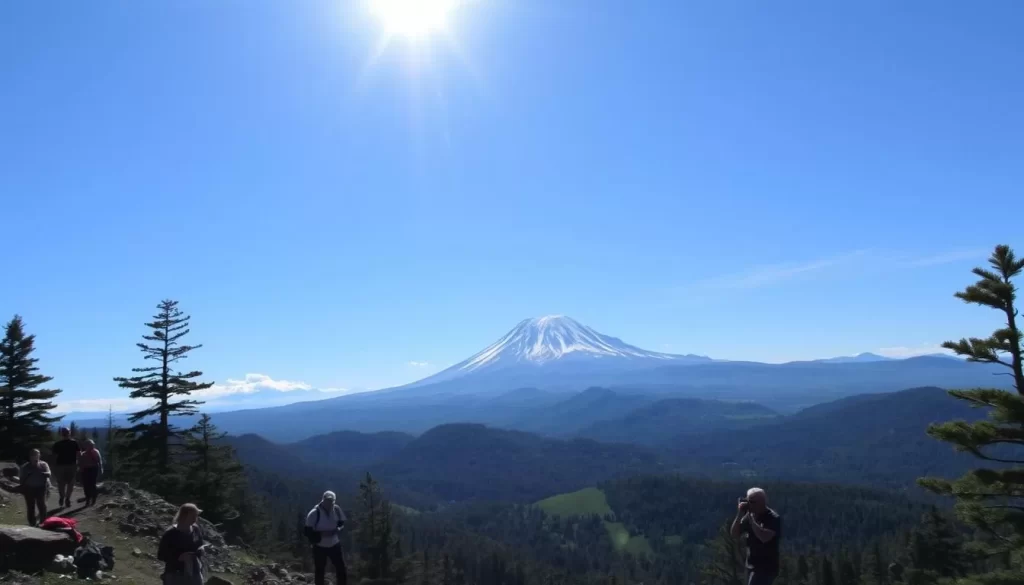
How Long to Stay in Antigua Before and After
Planning your stay in Antigua is also crucial. It’s recommended to spend at least 2-3 days in Antigua before your hike to acclimatize to the altitude, reducing the risk of altitude sickness. After the hike, staying for at least one night allows your body to rest and recover from the physically demanding experience.
- Acclimatize to the altitude by staying in Antigua for 2-3 days before the hike.
- Book accommodation in Antigua for at least one night after the hike to rest.
Top Tour Companies for Acatenango Volcano Hikes
To ensure a memorable and safe Acatenango Volcano experience, it’s essential to pick a reliable tour company. Several tour operators offer guided hikes, but the quality and services can vary significantly.
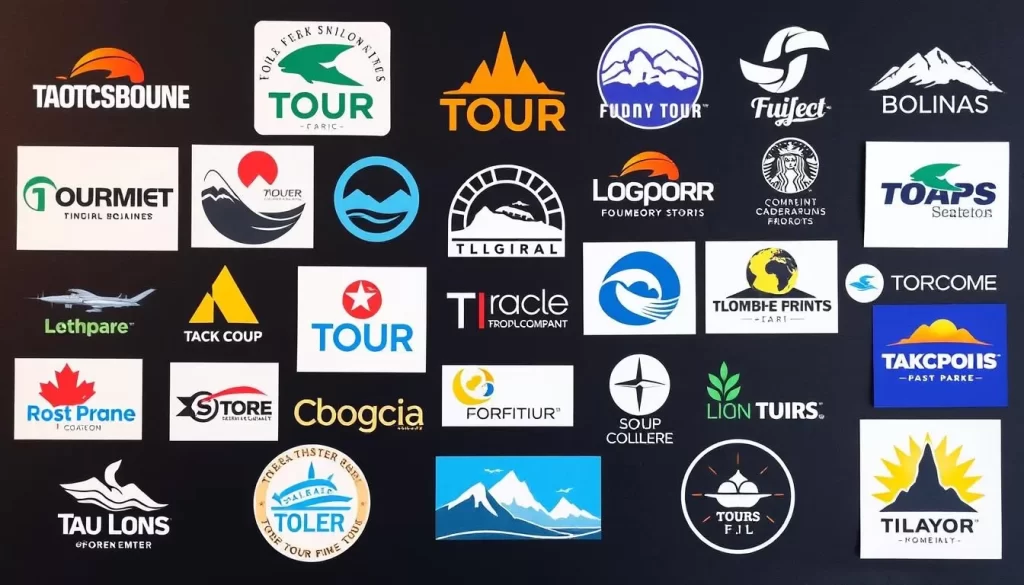
Wicho & Charlie
Wicho & Charlie is known for its experienced guides and well-organized tours. Their packages typically include meals, equipment, and transportation, making it a convenient choice for hikers.
Old Town Outfitters
Old Town Outfitters offers comprehensive tour packages that include high-quality equipment and guides who are knowledgeable about the terrain and local conditions. Their group sizes are generally manageable, ensuring a more personalized experience.
OX Expeditions
OX Expeditions is another reputable company that offers Acatenango Volcano hikes. They provide a range of services, including meals and camping gear, and are known for their professional guides.
Soy Tours
Soy Tours stands out for its flexible tour options and commitment to sustainable tourism. They offer a variety of packages that cater to different preferences and budgets, making them a popular choice among travelers.
When choosing a tour company, consider factors such as group size, what’s included in the package, and the experience of the guides. Researching and comparing these aspects can help you select the best companies for your needs.
Essential Packing List for Acatenango Volcano
To ensure a successful and enjoyable Acatenango Volcano adventure, it’s crucial to pack wisely. The climb demands preparation due to its challenging terrain and unpredictable weather conditions.
Clothing and Layers
Proper layering is vital for managing the dramatic temperature changes from hot daytime hiking to below-freezing conditions at night. You should include moisture-wicking base layers, insulating mid-layers, and waterproof outer layers in your packing list. Don’t forget extra socks, warm clothes, and a set of dry clothes for comfort.
Hiking Gear and Equipment
Having the right hiking gear is essential. This includes solid hiking shoes, walking poles for stability, a headlamp or flashlight for navigating in the dark, and a good quality backpack with a rain cover. While some tour companies may provide certain equipment, it’s best to check what’s included in your tour package.
Food, Water, and Snacks
Staying hydrated and energized is crucial. You should carry at least 4 liters of water per person and pack high-energy snacks. Consider bringing a water bottle or hydration bladder, and don’t forget sunscreen, sunglasses, and a cap for sun protection.
| Category | Essential Items |
|---|---|
| Clothing | Moisture-wicking base layers, insulating mid-layers, waterproof outer layers, extra socks, warm clothes |
| Hiking Gear | Hiking shoes, walking poles, headlamp/flashlight, backpack with rain cover |
| Food & Water | Water (at least 4 liters per person), high-energy snacks, sunscreen, sunglasses, cap |
Day 1: The Ascent to Basecamp
The ascent to Acatenango basecamp is a thrilling experience that combines natural beauty and physical challenge. Your journey begins early in the morning with a drive from Antigua to La Soledad, a small mountain town on the slopes of the volcano.
Morning Departure and Preparation
You start your day with a van ride from Antigua to La Soledad, reaching the trailhead within an hour. At an altitude of 2400 meters, you’ll take a moment to prepare for the hike ahead, checking your gear and getting ready for the adventure.
The First Section: Sandy Trails
The initial part of the hike takes you through agricultural fields with maize and beans. The sandy trails can be challenging due to loose terrain and direct sun exposure. This section lasts about an hour, after which you’ll enter the National Park.
Through the Rainforest: The Middle Section
As you continue on your hike, the environment changes, and you transition into a rainforest. The vegetation becomes denser, and the temperature moderates, providing a welcome relief from the initial sun exposure. This part of the journey is a treat for nature lovers.
The Final Push: Cloud Forest to Basecamp
The final section of your ascent takes you through a cloud forest, where the air becomes thinner, and the views become spectacular. As you climb above the clouds, the scenery is breathtaking. The entire hike takes around 5 to 6 hours, and pacing yourself is crucial to enjoying the experience.
The Acatenango Basecamp Experience
As you reach the Acatenango basecamp, the stunning views of the surrounding volcanoes and valleys unfold before your eyes. The campsite, located on a mountain slope at an altitude of 3,500 meters, offers a panoramic view of the Antigua Valley and notable volcanoes such as Pacaya, Agua, and the erupting Fuego volcano.
Accommodation Options at Basecamp
The accommodation at the basecamp varies depending on the tour company. You can expect to sleep in either a private or shared tent, with some companies offering wooden cabins with bunk beds. This variety caters to different preferences and needs, ensuring a comfortable stay amidst the rugged terrain.
Meals and Facilities
Meals at the basecamp are designed to be hearty and nourishing, with dinner and breakfast options that cater to the energy needs of hikers. The facilities are basic, with arrangements for toilets and communal areas that foster a sense of community among trekkers. The camp comes alive with campfires where hikers share stories and witness the eruptions of Fuego volcano together, creating an unforgettable experience.
Witnessing Fuego Volcano’s Eruptions
As night falls, the Fuego Volcano transforms into a mesmerizing spectacle of fire and sound. After an early dinner, you make your way to your tent, eagerly waiting to witness the red lava of the volcano, a sight only visible in the darkness.
The volcano erupts every 15-20 minutes, providing a good chance to observe this natural wonder. During an eruption, Fuego shoots chunks of rocks and red lava clouds into the sky, accompanied by an overwhelming rumbling sound.
Best Viewpoints for Lava Shows
Several viewpoints around the basecamp offer spectacular views of the Fuego Volcano eruptions. Experienced guides recommend spots that provide an unobstructed view of the volcano. These vantage points allow you to witness the raw power of the eruptions.
- Specific spots recommended by guides for optimal viewing
- Panoramic views of the surrounding landscape
Photography Tips for Volcanic Eruptions
Capturing the eruptions requires careful camera settings and equipment. For optimal results, use a camera with good low-light sensitivity and adjust settings for the best capture of the eruptions.
- Use a tripod for stability
- Adjust ISO and exposure compensation for low-light conditions
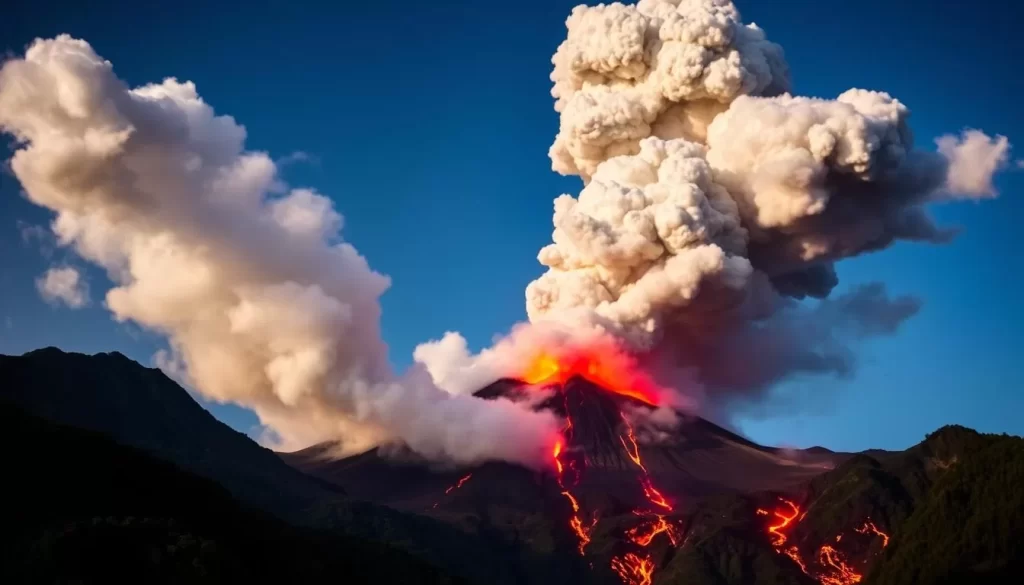
Optional Hike to Fuego Volcano
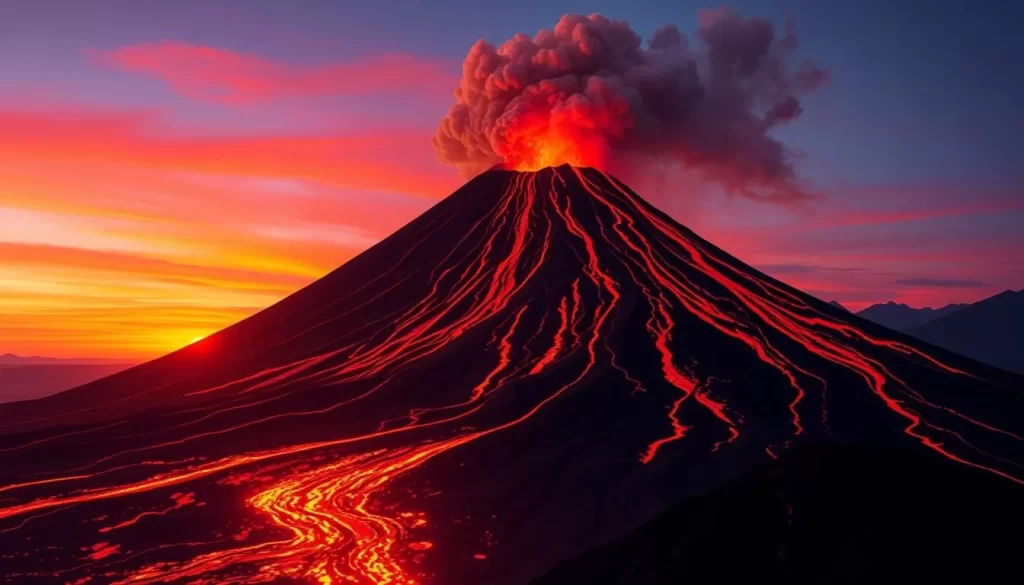
If you’re looking for an even greater challenge, consider the optional hike from Acatenango to Fuego Volcano. This additional trek is available for an extra fee of approximately $25.
What to Expect on the Fuego Hike
The hike to Fuego Volcano is significantly more challenging than the Acatenango trek, with a high difficulty level due to its proximity to the active volcano and demanding terrain. The hike takes around 2.5 hours each way, and you may return to basecamp late at night.
Is the Extra Hike Worth It?
Whether the extra hike is worth it depends on your adventure-seeking spirit and physical capabilities. While some find it rewarding to hike closer to the active volcano, others prefer to enjoy the eruptions from Acatenango’s basecamp. Safety should be your top priority, and it’s crucial to follow your guide’s instructions.
Day 2: Summit Sunrise and Descent
Rise early on day two for a thrilling ascent to Acatenango’s 4,000-meter peak, where a breathtaking sunrise awaits. The early morning wake-up call, typically around 4:00 AM, signals the start of a challenging yet rewarding journey to the summit.
Early Morning Summit Push
The ascent begins in darkness and cold, with the added difficulty of loose volcanic gravel underfoot and the thin air at high altitude. Despite these challenges, the anticipation of witnessing the sunrise from the top drives you forward. After about an hour of climbing, the sky begins to lighten, and the effort is rewarded with a 360-degree view of the surrounding volcanic landscape.
The Descent: Getting Back to Antigua
The descent from the summit typically takes 2-3 hours and presents its own set of challenges, primarily due to the loose, slippery terrain. It’s essential to take your time and be cautious to avoid accidents. Once back at the base camp, you’ll gather your belongings and begin the journey back to Antigua, reflecting on the accomplishment of reaching Acatenango’s summit and the unforgettable experience of watching the sunrise together.
| Activity | Duration | Key Highlights |
|---|---|---|
| Summit Ascent | 1 hour | 360-degree views, sunrise |
| Descent | 2-3 hours | Loose terrain, cautious navigation |
| Return to Antigua | Varies | Reflection on achievement |
Completing the Acatenango hike is a significant achievement, and returning to Antigua, you’ll carry with you the memories of a challenging adventure and the awe-inspiring beauty of Guatemala’s volcanic landscapes.
Understanding Acatenango Hike Difficulty
As you prepare to hike Acatenango, it’s essential to grasp the challenges you’ll face. The Acatenango volcano hike is considered challenging due to its steep inclines, loose terrain, and high altitude. However, with a normal physical condition and the right mindset, the hike is achievable for those with average fitness levels.
Physical Demands and Fitness Requirements
The hike demands a good level of physical fitness due to the steep ascents and high altitude of over 3,976 meters. To prepare, it’s recommended to engage in cardio training and practice hikes at elevation if possible. This will help improve your stamina and acclimatize you to the thinner air, making the hike more manageable.
Hiring a Porter: Is It Worth It?
Considering hiring a porter can be a good option to alleviate some of the physical demands. For approximately $25-30, a porter can carry your heavy equipment, significantly reducing your load. While it’s an additional cost, the relief it provides can be invaluable, allowing you to enjoy the hike more. As a luxury hiker, I would always recommend contracting a porter to enhance your hiking experience.
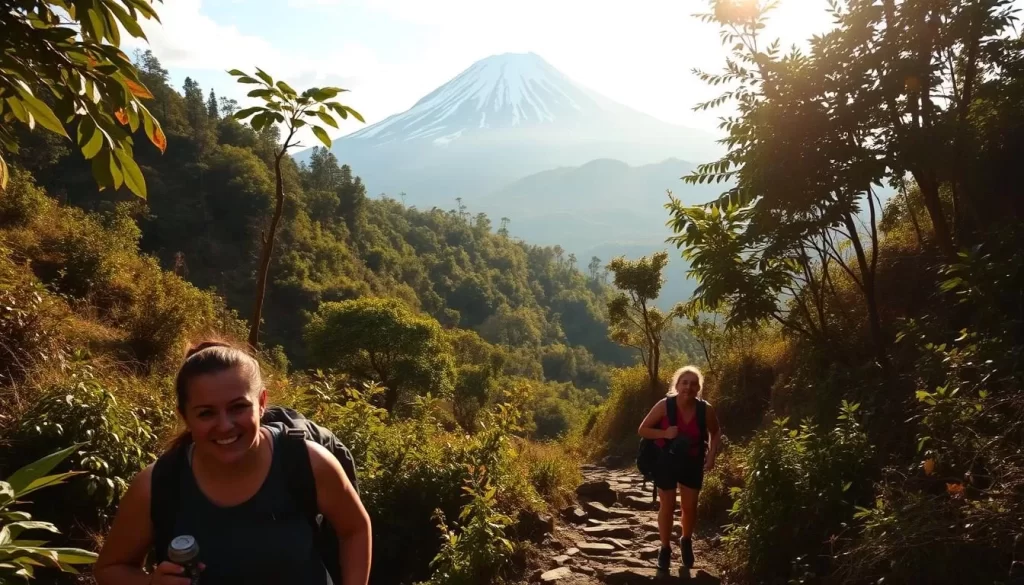
- The Acatenango hike is challenging but achievable with average fitness levels.
- Physical preparation, such as cardio training, is recommended.
- Hiring a porter can significantly reduce the physical demands of the hike.
Dealing with Altitude Sickness on Acatenango
As you prepare to hike Acatenango Volcano, understanding altitude sickness is crucial for a safe and enjoyable experience. Altitude sickness, also known as acute mountain sickness (AMS), occurs when the body cannot adapt to high elevations quickly enough. Acatenango Volcano reaches an elevation of 3,976 meters, making it a high-risk area for AMS.
Prevention Strategies
Preventing altitude sickness involves a combination of proper acclimatization, hydration, and pacing your ascent. If you’re arriving from a lower altitude, spend a few days in Antigua (1,500 meters) to acclimate before starting your hike. Drinking enough water is crucial; aim to stay well-hydrated throughout your journey. Ascending slowly and listening to your body are also key prevention strategies. If you feel unwell, take a break and rest.
Symptoms and Treatment
Common symptoms of altitude sickness include headaches, nausea, dizziness, and shortness of breath. If you experience any of these symptoms, notify your guides immediately. In mild cases, resting and hydrating may alleviate symptoms. However, if symptoms worsen or you experience severe altitude sickness, consider descending to a lower altitude. Some hikers use medications or supplements to prevent or treat AMS, but it’s essential to consult a doctor before the trip.
Safety Considerations for Acatenango Volcano
Safety is a paramount concern when hiking the Acatenango Volcano, given its unpredictable weather and challenging terrain. To ensure a safe and enjoyable experience, it’s crucial to be aware of the various factors that can impact your adventure.
Weather Conditions and Risks
The weather on Acatenango Volcano is notoriously unpredictable, ranging from intense sun exposure to below-freezing temperatures, heavy rain, and strong winds. When the sun is down, temperatures can drop below zero, and the presence of rain or strong winds can make conditions even more challenging.
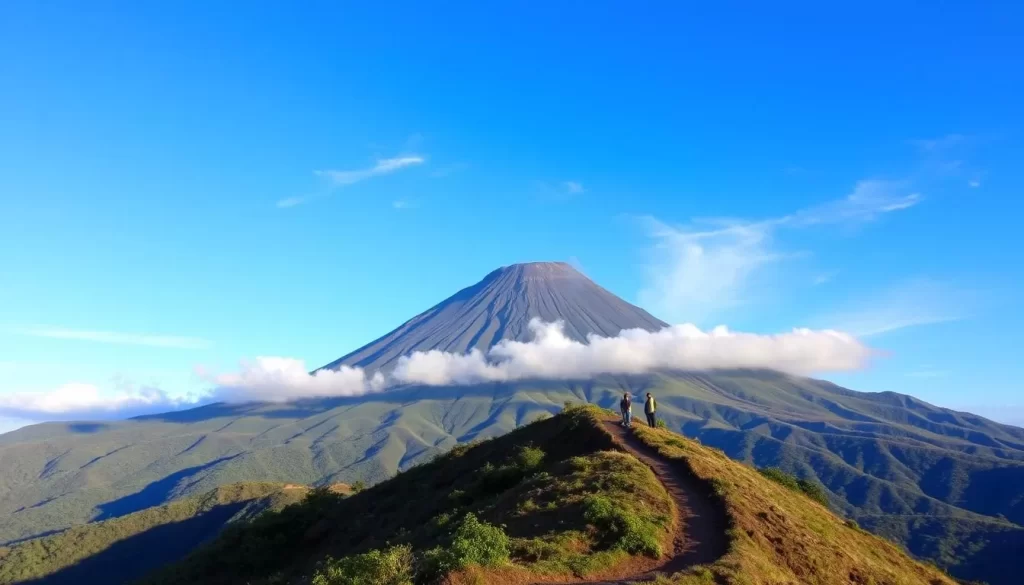
Emergency Procedures
In case of an emergency, tour companies typically have procedures in place, including guide training, communication devices, and evacuation protocols. It’s also essential for travelers to secure travel insurance that covers high-altitude trekking and emergency evacuation, which is crucial for this type of adventure.
| Safety Risk | Description | Precaution |
|---|---|---|
| Unpredictable Weather | Weather conditions can change rapidly | Pack layers and waterproof gear |
| Volcanic Activity | Fuego Volcano’s activity can impact the hike | Stay informed about current volcanic activity |
| Steep Drop-offs and Terrain | Risk of falls due to loose terrain | Wear appropriate hiking boots and stay on designated paths |
By understanding these safety considerations and taking necessary precautions, you can minimize risks and enjoy a successful hike up the Acatenango Volcano.
Conclusion: Is Hiking Acatenango Volcano Worth It?
Hiking Acatenango Volcano is more than just a hike; it’s an immersive journey into the heart of Central America. This top adventure offers a unique blend of natural beauty, physical challenge, and camaraderie that makes it an unforgettable experience.
The Acatenango Volcano experience is characterized by its breathtaking landscapes, the thrill of witnessing Fuego Volcano’s eruptions, and the sense of accomplishment upon reaching the summit. Many hikers have described it as a life-changing experience, one that pushes you to your limits but rewards you with unforgettable memories.
Is it worth it? For most, the answer is a resounding yes. While the hike is challenging, the sense of achievement and the awe-inspiring natural spectacle make it an experience worth having. With proper preparation and the right mindset, you’ll find that the rewards far outweigh the difficulties, making Acatenango Volcano a must-add to your travel bucket list in Central America.
The above is subject to change.
Check back often to TRAVEL.COM for the latest travel tips and deals.
